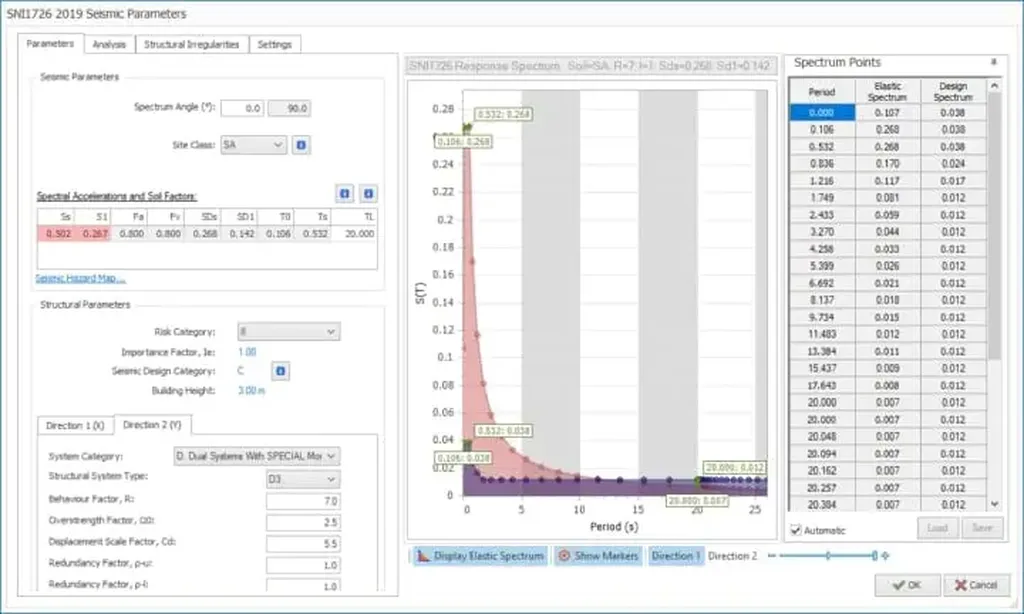In the wake of devastating seismic events, the construction industry has been grappling with the challenge of creating structures that can withstand the fury of earthquakes. A recent study published in the *International Journal for Computational Civil and Structural Engineering* (translated from Indonesian as *Jurnal Internasional untuk Teknik Sipil dan Struktur Komputasional*) sheds light on the comparative effectiveness of different earthquake-resistant building design standards, offering insights that could reshape construction practices, particularly in the energy sector.
Dr. Dwi Yanto, a researcher from the Department of Civil Engineering at Institut Teknologi Sepuluh Nopember in East Java, Indonesia, led the study. The research compared the seismic performance of buildings designed according to three different standards: Indonesia’s SNI 1726:2019, Eurocode 8:2004 from Europe, and India’s IS 1893:2016. The findings reveal significant variations in structural integrity and performance, with implications for cost, safety, and commercial viability.
Using advanced computational tools like ETABS software, Yanto and his team conducted both elastic and inelastic design analyses, employing pushover analysis to evaluate seismic performance. The results were striking. “Structures designed following the SNI 1726:2019 required the smallest area of flexural reinforcement,” Yanto explained. “This was followed by an increased requirement in Eurocode 8:2004, and the highest in IS 1893:2016.”
The nonlinear pushover analysis further revealed that the performance point of buildings designed according to SNI 1726:2019 was significantly higher than those designed using Eurocode 8:2004 and IS 1893:2016. Specifically, the SNI 1726:2019 standard showed an 8.38% higher performance point in the X direction and a 12.15% higher performance point in the Y direction compared to Eurocode 8:2004. The differences were even more pronounced when compared to IS 1893:2016, with a 24.03% higher performance point in the X direction and a 27.76% higher performance point in the Y direction.
These findings have profound implications for the construction industry, particularly in regions prone to seismic activity. For the energy sector, which often involves the construction of critical infrastructure such as power plants and refineries, the choice of design standards can significantly impact both safety and cost. “The commercial impact is substantial,” Yanto noted. “By adopting the most effective design standards, companies can ensure the safety of their infrastructure while also optimizing costs.”
The research suggests that the SNI 1726:2019 standard may offer a more efficient and cost-effective solution for earthquake-resistant construction. However, the study also highlights the need for further research and collaboration among international standards organizations to harmonize design codes and ensure the highest levels of safety and performance.
As the construction industry continues to evolve, the insights from this study could shape future developments in earthquake-resistant building design. By adopting the most effective standards, companies can not only protect their investments but also safeguard human lives and critical infrastructure. The findings underscore the importance of continuous innovation and research in the field of structural engineering, paving the way for a safer and more resilient built environment.

